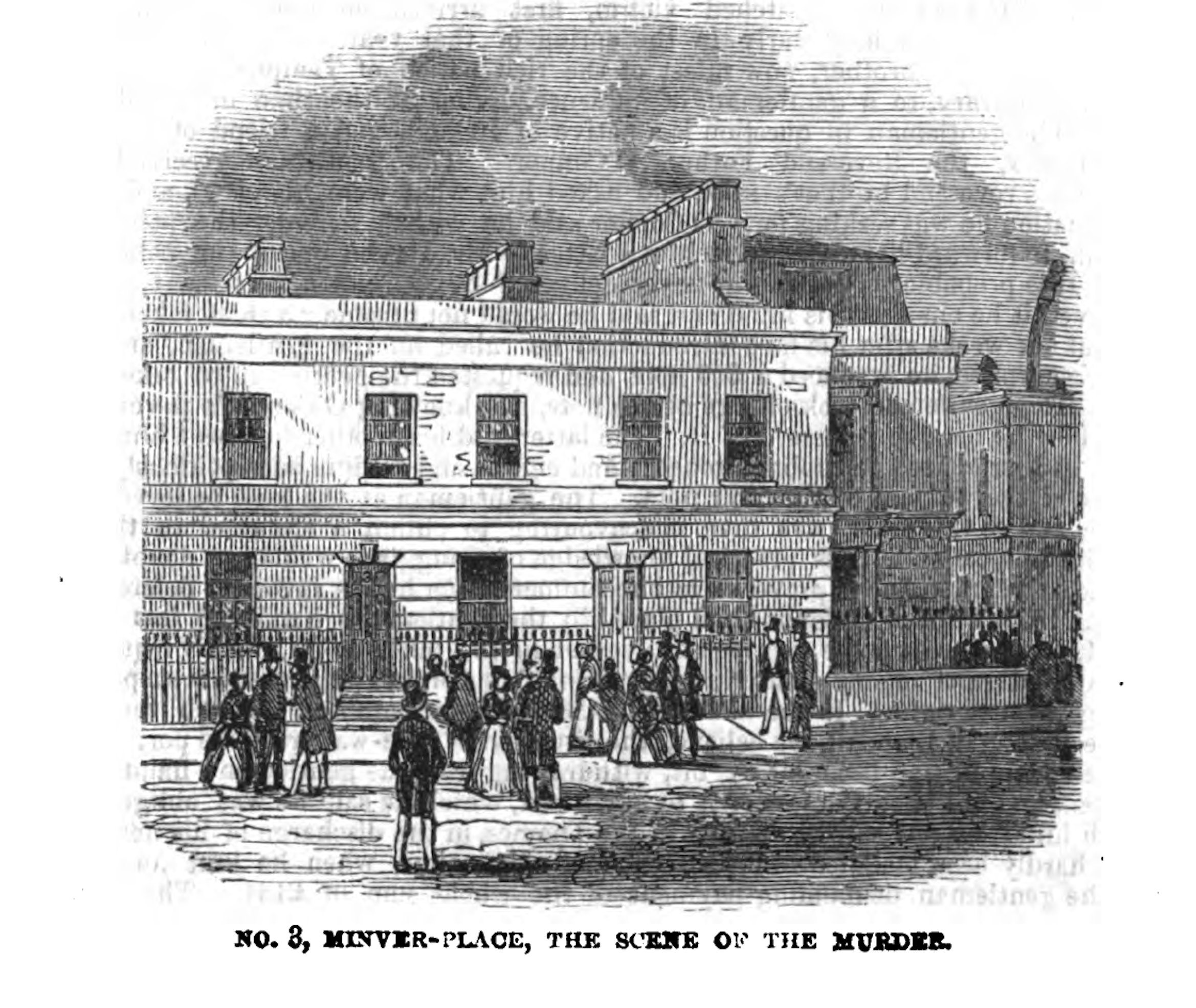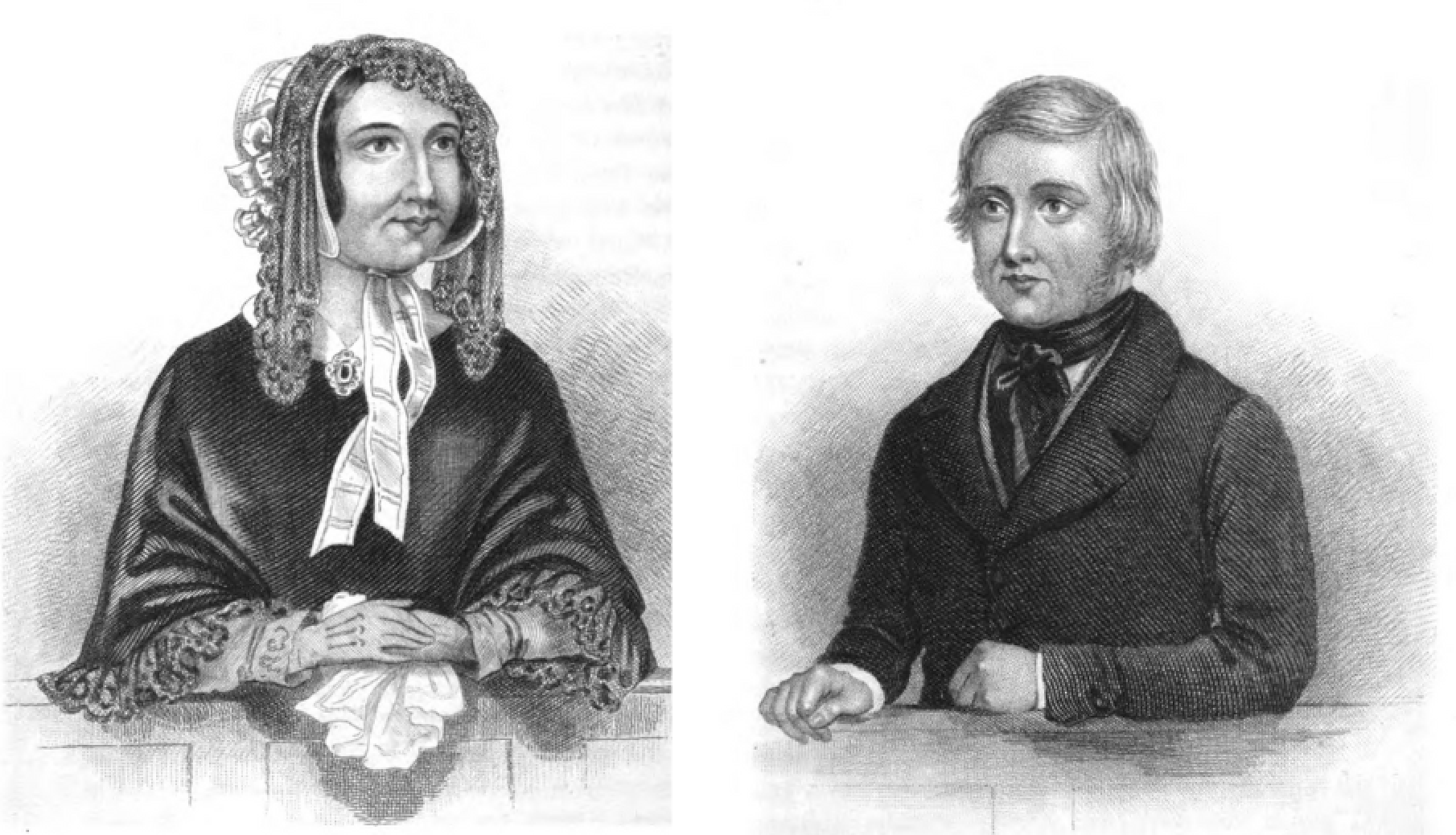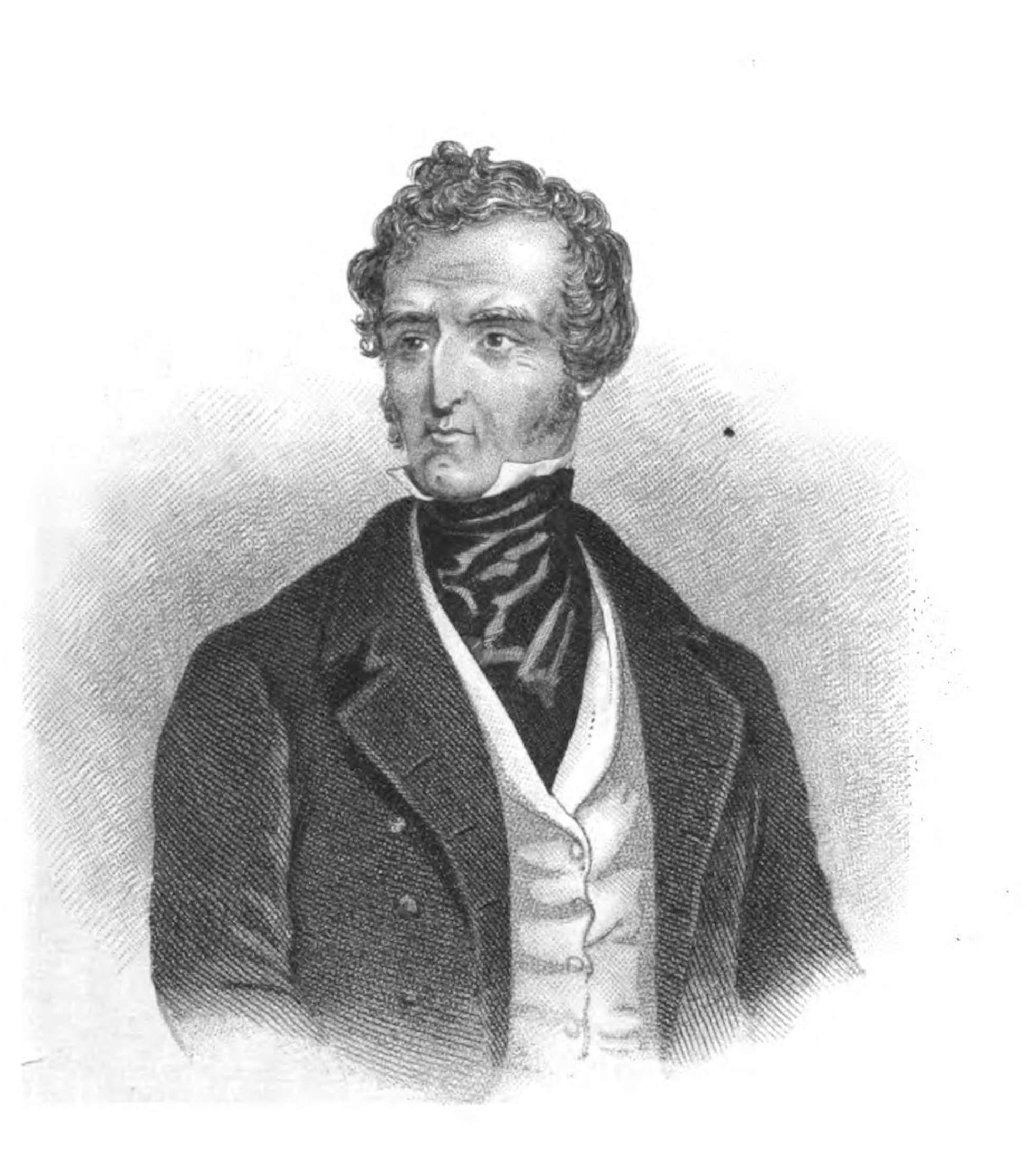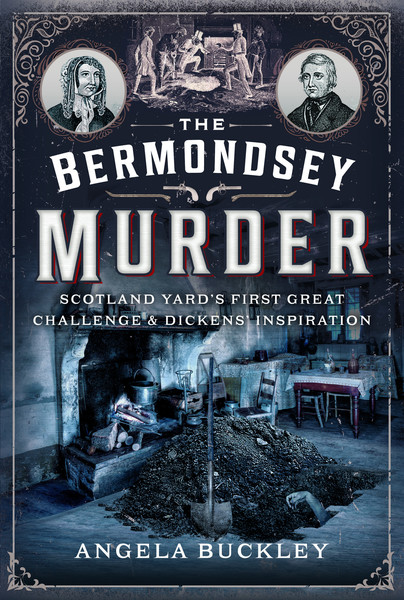Author Guest Post: Angela Buckley
In the heart of Victorian London, the ‘Bermondsey Horror’ shocked a city steeped in mystery and crime. Maria and Frederick Manning, a seemingly ordinary couple, concealed dark secrets behind their unassuming façade. Their brutal murder of Patrick O’Connor, a wealthy and unsuspecting friend, in 1849 unveiled a chilling tale of greed and betrayal. As the truth emerged, the public was captivated by the macabre details and the ensuing dramatic trial, which remains one of the most iconic cases in British crime history.

Fifty-year old Patrick O’Connor was last seen alive on 9 August 1849. Originally from Ireland, he had been working at the London Docks for more than a decade, and was currently employed as a gauger, which meant that he measured alcohol for working out the correct levy. He also had a side hustle as a moneylender. Patrick left his lodgings in Mile End Road for work at 7.30 am. Later, at about 5 pm, he bumped into a friend on London Bridge, to whom he mentioned that he was heading to the house of Frederick Manning, in Bermondsey. His acquaintance was not surprised by this, as it was O’Connor’s usual practice – he was a frequent visitor to Manning’s home, being particularly friendly with his wife Maria. However, when Patrick failed to turn up for work the following day, which was very unusual, his colleagues became worried. As there was still no sign of him by the weekend, his friends issued handbills for information, which were circulated to all the police stations in London. On 17 August, as there had still been no word from him, Constables Henry Barnes and James Burton set out to find the missing man.
The Mannings lived at 3 Minver Place, New Weston Street. The row of elegant two-storey houses, each with a basement, were opposite the original building of the Bermondsey Leather Market. The officers began their search in the garden behind the property and, finding no obvious signs of disturbance, PC Burton opened the front door to let his colleague in. Inside, the house had two rooms on each of the three floors, with two kitchens in the basement. The constables passed through parlours on the ground floor and descended the stairs to the basement.

As the officers searched the back kitchen in the dim underground light, ‘sharp-sighted’ PC Barnes spotted a damp patch between the edges of two of the flagstones on the floor. He tested the mortar between the stones with his penknife and found that it was soft. Suspecting that the floor had been disturbed, he called his colleague who, after borrowing a crowbar from a neighbour, helped him lever up the flagstones. Underneath was a layer of wet mortar and then earth, which was damp and loose. The officers began to dig.
After about a foot of digging, PC Barnes uncovered a human toe ‘protruding through the mould’. Another few inches revealed the rest of the body. The naked man was lying on his front, with his legs doubled up behind him and tied around his thighs with a clothes line. The man’s head was buried slightly lower in the ground, embedded in slack lime, which ‘had commenced its work of destruction…the flesh in several places being eaten away’ (Lloyd’s Weekly, 19 August 1849).
Whilst the police officers had been carrying out their gruesome excavation, local surgeon Samuel Lockwood arrived at the house. He entered the back kitchen just as the body was being removed. The dead man’s head was battered and a bulge in his temple above the right eye suggested that a bullet might have lodged there. The surgeon reached down and removed a set of false teeth from the victim’s mouth. The dentures were later identified as having belonged to Patrick O’Connor. However, by this time, the prime suspects, Frederick and Maria Manning had fled the scene and so the case was placed in the hands of the Scotland Yard detectives.

Maria Manning, whose birth name was de Roux, was 29 years old. She had arrived in England from Lausanne, Switzerland in 1840 and worked as a lady’s maid for high society families, including in the household of the Duchess of Sutherland, who was Queen Victoria’s mistress of the robes. Maria met Patrick O’Connor while she was on a continental tour with one of her employers and apparently, he was struck by ‘her appearance and manners’ (Lloyd’s Weekly, 26 August 1849). In 1847, despite her friendship with Patrick, Maria married Frederick George Manning. He was 27 and came from Taunton, Somerset. Whilst he was a guard on the Great Western Railway, he was implicated in a robbery and, even though he was later released without charge, he lost his job and was unemployed at the time of Patrick O’Connor’s murder. Speculation was rife in the newspapers about the Mannings, and the general opinion was that they had killed O’Connor for his money, because of Maria’s taste for the finer things in life and Frederick’s inability to provide them. All the police had to do now was to track them done.
The detectives soon discovered that Maria had taken a cab, prior to the discovery of the body, to London Bridge station, where she had left two trunks and a carpet bag in a locker, before travelling onto Euston station. When the police opened the luggage, they learnt that she had taken a train to Edinburgh. They then telegraphed the Edinburgh Police who, after receiving a tip-off from a broker’s where Maria had tried to cash in some stolen railway shares, went to her lodgings and arrested her. She was accompanied back to London. Several days later, Detective Edward Langley was sent to Jersey, after the police received intelligence that Frederick Manning might have fled to the island. Langley struck lucky and arrested the felon in bed at his lodgings.
The trial of Maria and Frederick Manning opened at the Old Bailey on 25 October 1849. After two days, the jury returned a guilty verdict for both and sentenced them to death. The convicted couple were hanged together at Horsemonger Lane Gaol on 13 November. One of the spectators at the Mannings’ execution was Charles Dickens and, haunted by the spectacle, he described the image that had remained with him:
‘That, having beheld of the execution, and having left those two forms dangling on the top of the entrance gateway –the man’s, a limp, loose suit of clothes as if the man had gone out of them; the woman’s, a fine shape, so elaborately corseted and artfully dressed, that it was quite unchanged in its trim appearance as it slowly swung from side to side’ (‘Lying Awake’, Household Words, 30 October 1852).
It is generally believed that Maria Manning was Dickens’ inspiration for Lady Dedlock’s murderous French maid, Hortense, in Bleak House, which was published in 1852, just three years after Maria’s execution for the Bermondsey Murder.

Order your copy here.

